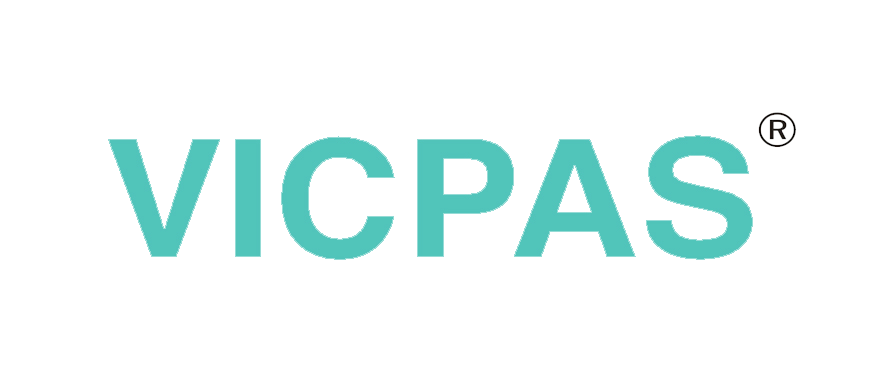Collaboration Between Sharp, Chimei Innolux, and Foxconn
Collaboration Between Sharp, Chimei Innolux, and Foxconn
What is the DisplaySearch Monitor? Learn more.
It’s not a new story, but the developing relationship between Sharp, Chimei Innolux, and Foxconn has yet to be openly stated or fully confirmed. DisplaySearch has heard of many ongoing discussions between these three companies, but no clear consensus or conclusion has been reached. What is clear is that the three companies will work closely together in order to be more competitive in the TFT LCD industry and LCD TV OEM world.
There are rumors in Asia that Sharp will soon enter an agreement with Foxconn to establish a joint venture entity that handles the business operations between them. As a Foxconn group member and important panel source, especially for LCD TV panels, Chimei Innolux will be deeply involved in the corporate business model too. The relationship is currently in negotiations, involving several issues. Foxconn needs Sharp to strengthen its LCD TV OEM business as an extended customer, while Sharp needs to leverage more overseas resources, especially in manufacturing, due to the disadvantages of Japanese domestic manufacturing and its weakened cash disposition. Chimei Innolux needs Sharp’s assistance, particularly with technology licensing, to improve its LCD TV panel technology. There is also a shared need between Sharp and Chimei Innolux to create an improved and adjusted panel product mix.
The following figure illustrates the relationship that is currently under way.
Figure 1 Sharp, Chimei Innolux, and Foxconn (DisplaySearch Scenario)

Sharp will give LCD TV OEM orders to Foxconn, and then Foxconn will perform as an outsourced OEM for Sharp with panels consigned from Sharp. One and a half years ago, Foxconn merged most of Sony’s global TV assembly facilities and became the most important assembly partner for Sony. Foxconn is currently building more than 50% of Sony’s LCD TVs globally, as analyzed in the article, “Sony Outsources 80% of LCD TV Assemblies in 2011.”
With ambitious plans to construct a TV OEM manufacturing empire, Foxconn is now targeting Sharp as one of its important clients. However, the exchange rate of the Japanese yen continues to deteriorate Sharp’s in-house assembly competitiveness, and the high efficiency and lower cost of Foxconn is motivating Sharp to award Foxconn its LCD TV OEM orders. Sharp will ship the open cell to Foxconn, and then Foxconn will implement production using the BMS model, as analyzed in the article, “Cell Shipments Increasing Industry-Wide.” There is also a model in which Sharp sends the LCD module, rather than the open cell, to Foxconn’s assembly houses.
Sharp will license its Polymer Stabilized Alignment (PSA) and Optical Alignment (OA) licenses and technologies to Chimei Innolux. The OA is also called Photo Alignment and dubbed as Ultra-Violet Vertical Alignment (UV2A) by Sharp. UV2A technology makes it possible to control the alignment of liquid crystal molecules in a simple LCD panel structure in a precise manner. Sharp is the first company in the world to implement UV2A, followed by Samsung. The optical alignment can eliminate light leakage from the backlight so that extremely deep blacks are available to the discerning movie viewer. Apart from that, such technology will enable higher aperture ratios in the LCD panel in order to make the most out of the backlight, resulting in higher energy savings in the long run. The IPS type liquid crystal is natively higher in aperture ratio than the VA type; therefore, only the VA camp, like Samsung, Sharp, AUO, and ex-CMO, needs to upgrade their VA to Photo Alignment.
Chimei Innolux has been developing this technology in order to compete with others, but it needs more technical help, know-how, and, most importantly, the IP from Sharp. Sharp could collect royalties from this deal, and there might be additional panel OEM relationships that form after Chimei Innolux implements this technology. Chimei Innolux plans to introduce PSA in Gen 7 and OA in Gen 8.
Chimei Innolux may settle a panel exchange deal involving its Gen 7 and Gen 8 and Sharp’s Gen 8 and Gen 10. As described in the article, “Sharp’s Surprising Announcement to Mass Produce Oxide Semiconductor-Based LCDs,” Sharp is restructuring its product mix and processes in Gen 8, and a certain part of the Gen 8 capacity will be allocated to mobile PCs or even small/medium devices. Chimei Innolux is looking for opportunities to expand its panel customer base for Gen 7 and Gen 8, which are both suffering from low utilization rates.
The following tables show the product mix of both companies. Sharp may need 32”, 42”, and 55” panels from Chimei Innolux, and Chimei Innolux may purchase Sharp’s 40” and 46” panels. Since Chimei Innolux is now an important panel supplier for Sony through Foxconn’s OEM relationship with Sony, Chimei Innolux may need to secure more 40” and 46” capabilities, which are Sony’s mainstream sizes. Sharp may need to buy more 32” panels to cope with the demand from emerging markets and to reduce its 32” portion in Gen 8. This way, Sharp can allocate more Gen 8 capacity to 46” panels and tablet PCs.

Source: Quarterly Large-Area Production Strategy Report
Chimei Innolux will ship panels to Foxconn for Sony OEM business. As Sony requests higher-end and higher transmittance panels, Chimei Innolux can gain more panel orders from Sony after the UV2A technology is licensed and implemented by Sharp. As Sony gives its panel orders to Chimei Innolux, it also gives LCD TV OEM orders to Foxconn. It is also possible for Foxconn to buy Chimei Innolux’s open cell and operate using the BMS model to finish the backlight, model, and system with the same production lines in Foxconn. This would produce greater integration benefits and higher efficiencies.
The CEC-Panda and Nanjing government has been strongly persuading Sharp to invest in a Gen 10 line in Nanjing, and China and Foxconn/Chimei Innolux are also looking forward to building some capacity in China. It is possible that Sharp will ask Foxconn/Chimei Innolux to join in as an investor in Nanjing. Although investing in Nanjing might be a capital risk for Sharp, Foxconn’s capital could be helpful in reducing this risk. This joint venture could be questionable, however. China Electronics Corp. (CEC) is currently the largest shareholder of TPV, the largest LCD TV OEM in the world right now, and the strongest competitor to Foxconn’s LCD TV OEM business, as shown in the article, “Competition Growing Fiercer in LCD TV OEM Business.” Even if Sharp wants to usher Foxconn into the Nanjing investment, doing so could lead to a conflict for CEC and TPV, and there may be disagreement between the companies. Sharp could use its technology and know-how in Gen 10 as a negotiation tool if the Gen 10 in Nanjing really happens, but in general, negotiations could become very complicated.
Since Sharp and Chimei Innolux are both panel suppliers for Sony, and Sony is relying on Foxconn to produce LCD TV sets, it is possible that Sony will consign Sharp and Chimei Innolux panels through Foxconn. It is also possible that Sony will walk away from panel procurement, or buy the whole set from Foxconn only. This would indicate a strong tie between Foxconn, Chimei Innolux, and Sharp, specifically based on panel requests and supply.
Above all, a joint venture company among Sharp and Foxconn/Chimei Innolux will be established to handle various operations. The functions of this joint venture company might include technical contract brokerages, LCD cell and module buying and selling, LCD TV OEM orders processing, as well as marketing cooperation among the companies.


